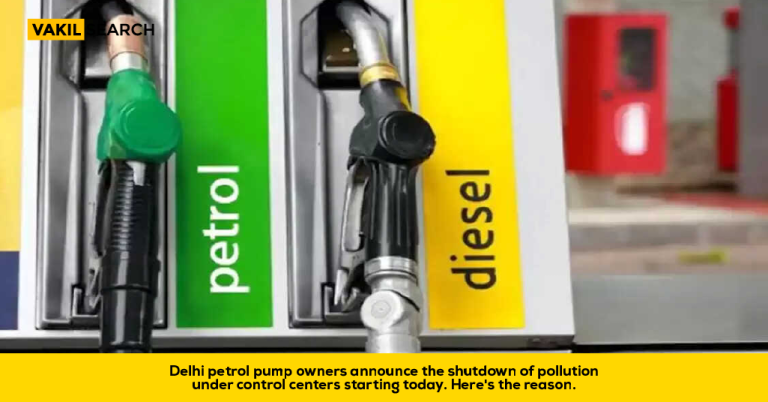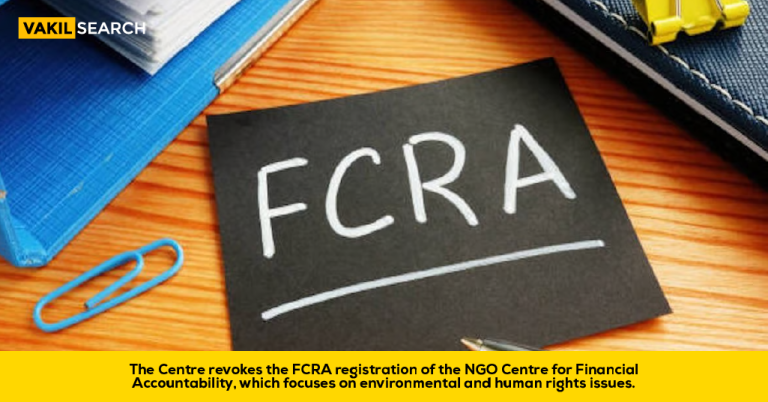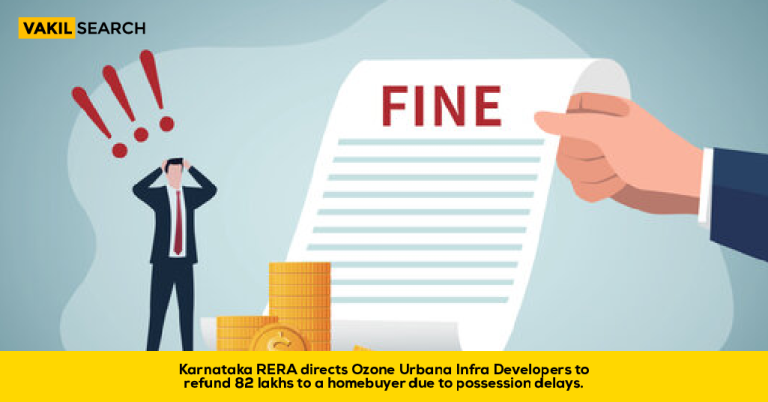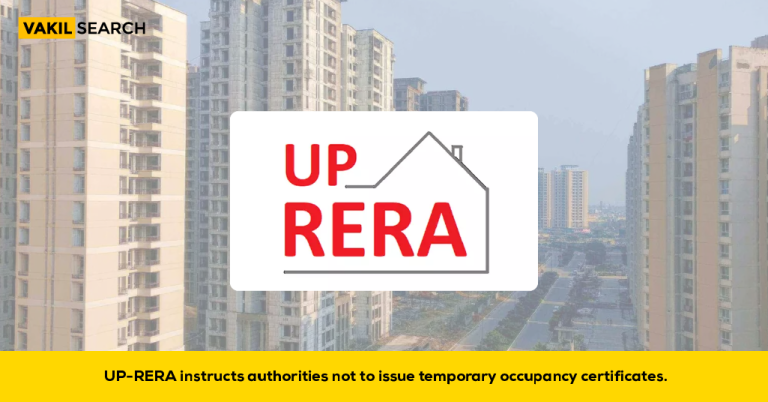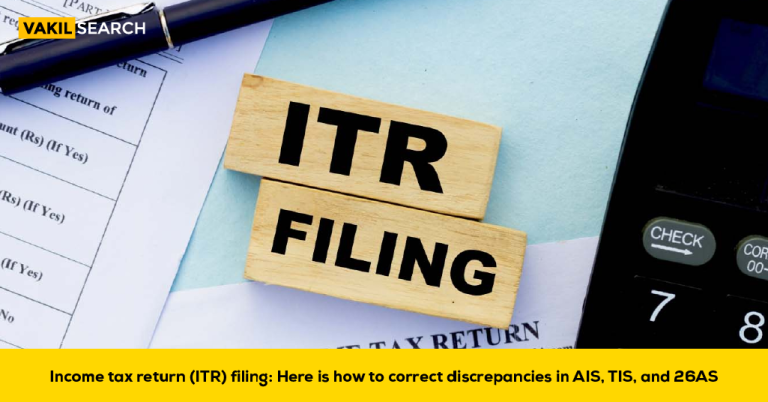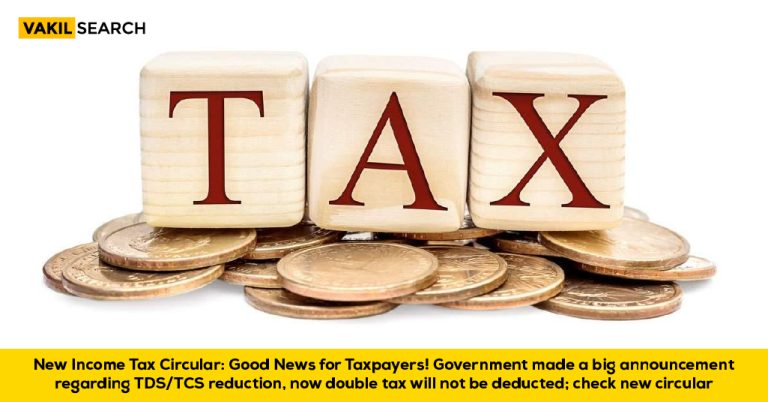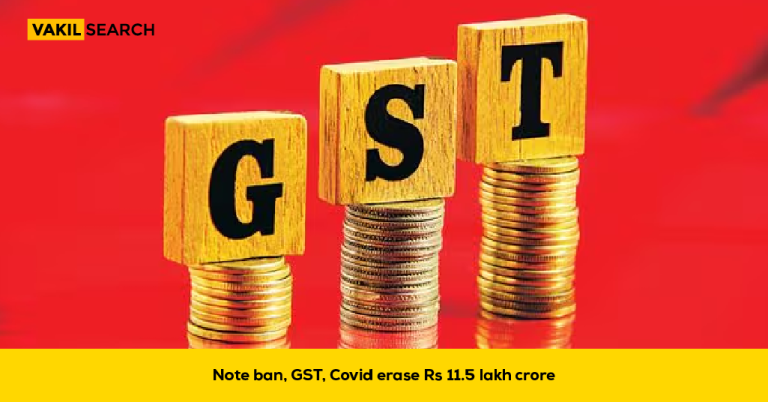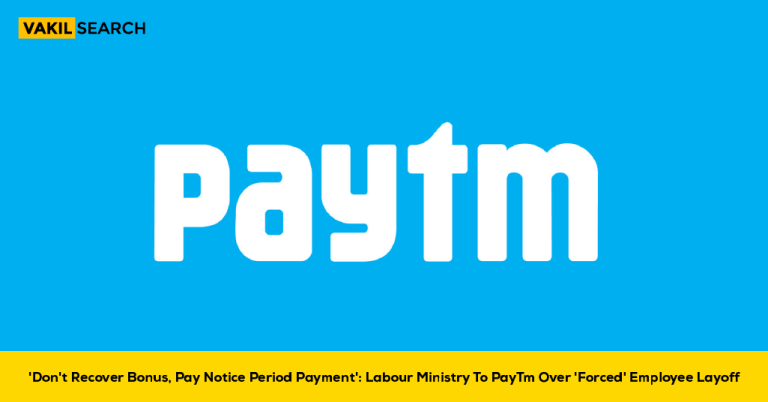Puja Khedkar, accused of faking OBC and disability certificates for the IAS exams, has been defended by her father, who emphasises that she had proper permissions and falls within the non-creamy layer status. She faced allegations of misusing power in Pune by using an Audi with a VIP number plate and was abruptly transferred to Washim following a gun dispute. A panel is re-examining her documents after she missed AIIMS Delhi verification due to COVID-19. Her mother, Manorama, is also implicated.
On Sunday, her father, Dilip Khedkar, a former Maharashtra government employee who contested the Lok Sabha elections and declared property worth ₹40 crore in his affidavit, defended her actions in an interview. He argued that her non-creamy layer status was legitimate and that her actions in Pune were all with proper permission.
The police confiscated her Audi, and allegations emerged that she had used a senior official’s ante-chamber without proper authority. Dilip refuted these claims, stating that she had all necessary permissions.
Regarding the misuse of disability certificates, Dilip mentioned that she met the government’s criteria and that some check-ups were missed due to the COVID-19 pandemic. A committee is currently re-examining her submitted documents.
Dilip also defended his wife, Manorama, over an old video allegedly showing her threatening individuals with a gun, explaining that she acted in self-defense and holds a gun license.
As trainee IAS officer Puja Khedkar navigates allegations concerning the authenticity of her OBC and disability certificates, it’s crucial to have reliable legal support to manage such challenges. Whether you’re dealing with complex legal documentation, compliance issues, or allegations that require thorough legal scrutiny, Vakilsearch offers expert legal services to ensure your rights and interests are protected.
Trust Vakilsearch for comprehensive legal assistance, expert guidance, and efficient solutions tailored to your specific needs. Visit Vakilsearch today to consult with our experts and secure the support you need in these challenging times.



